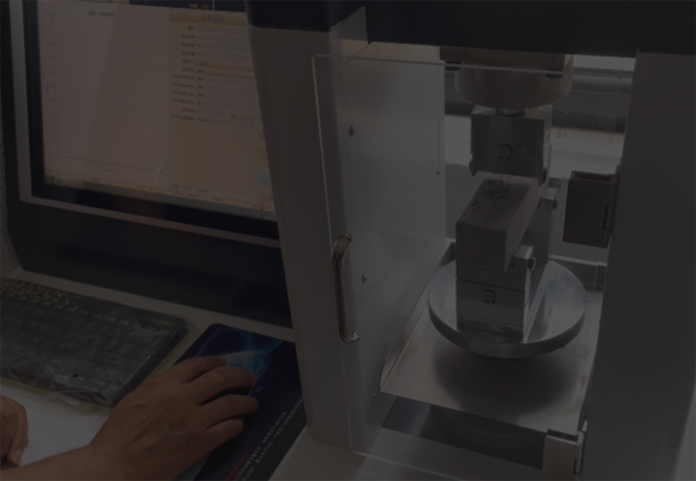
jul. . 31, 2024 11:26 Back to list
Investigation of HPMC Gelation Temperature and Its Impact on Polymer Properties and Applications
Understanding the Gelation Temperature in HPMC A Comprehensive Overview
Hydroxypropyl methylcellulose (HPMC) is a versatile and widely utilized derivative of cellulose, noted for its unique properties such as controlled viscosity, film-forming capabilities, and excellent biocompatibility. Among the various parameters that characterize HPMC, gelation temperature is a crucial factor that affects its performance in various applications, particularly in pharmaceuticals, food, and construction industries.
What is Gelation Temperature?
Gelation temperature refers to the specific temperature at which a polymer, such as HPMC, transitions from a liquid to a gel-like state. This transition is crucial in applications where a stable gel is required, such as in drug delivery systems. The gelation process involves the swelling of HPMC molecules and the formation of a three-dimensional network that traps water, resulting in a semi-solid structure. Understanding and controlling the gelation temperature of HPMC can significantly impact its functionality in various products.
Factors Affecting Gelation Temperature
Several factors influence the gelation temperature of HPMC. Firstly, the concentration of HPMC plays a vital role; higher concentrations generally lead to an increased gelation temperature. Additionally, the degree of substitution, which refers to the number of hydroxyl groups replaced by hydroxypropyl and methyl groups, also affects the gel's characteristics. Polymers with higher degrees of substitution tend to have lower gelation temperatures due to their altered hydrophilicity and solubility properties.
Temperature itself is another fundamental factor. HPMC solutions behave differently at varying temperatures, causing shifts in gelation temperature. As the temperature increases, the solubility of HPMC in water changes, which can either promote or inhibit gel formation. Furthermore, the presence of salts and other additives can modify the gelation temperature by affecting the ionic strength of the solution, leading to alterations in the intermolecular interactions of HPMC chains.
hpmc gelation temperature

Applications of HPMC Gelation Temperature
Understanding and manipulating the gelation temperature of HPMC is essential in several applications. In pharmaceuticals, for instance, HPMC is often used as a controlled-release agent in drug formulations. The precise control of gelation temperature allows for the optimization of drug release rates, ensuring that the medication is delivered effectively over a specified period.
In the food industry, HPMC serves as a thickening and stabilizing agent. The gelation properties of HPMC can be exploited to create products with desirable textures, such as sauces and dressings. By adjusting the gelation temperature, manufacturers can enhance product consistency and mouthfeel, leading to improved consumer acceptance.
Moreover, in the construction sector, HPMC is frequently integrated into cement and plastering compounds. Its gelation temperature plays an important role in regulating the workability and setting time of these materials. Controlling the gelation temperature helps engineers and architects achieve optimal performance in construction projects.
Conclusion
In conclusion, the gelation temperature of HPMC is a critical parameter that significantly influences its functionality across various industries. By understanding the factors that affect this temperature, manufacturers can tailor HPMC formulations to meet specific needs in pharmaceuticals, food science, and construction. The ability to control gelation temperature not only enhances product performance but also opens up new avenues for innovation in material science. As research continues to explore the intricacies of HPMC's behavior, we can expect even more applications and improvements that harness the unique properties of this valuable polymer.
-
Versatile Hpmc Uses in Different Industries
NewsJun.19,2025
-
Redispersible Powder's Role in Enhancing Durability of Construction Products
NewsJun.19,2025
-
Hydroxyethyl Cellulose Applications Driving Green Industrial Processes
NewsJun.19,2025
-
Exploring Different Redispersible Polymer Powder
NewsJun.19,2025
-
Choosing the Right Mortar Bonding Agent
NewsJun.19,2025
-
Applications and Significance of China Hpmc in Modern Industries
NewsJun.19,2025







